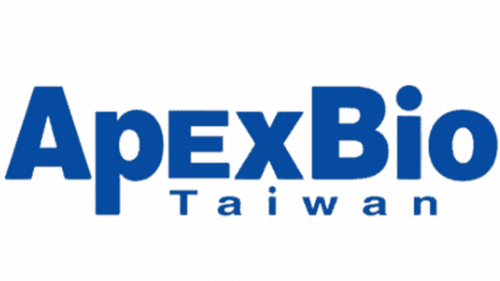Stroke is a serious medical condition that can occur suddenly and be life-threatening. Early detection and prompt action are crucial in improving prognosis and minimizing brain damage caused by a stroke. This article will discuss why early detection and swift action are paramount in cases of stroke.
Understanding Stroke
A stroke occurs when blood flow to a part of the brain is disrupted or completely halted. This can be caused by a blockage in blood vessels (ischemic stroke) or bleeding in the brain (hemorrhagic stroke). Both types of stroke require immediate medical attention.
Why is Early Detection Crucial?
-
Minimize Brain Damage: Early detection allows for medical intervention as quickly as possible, which can help minimize brain damage. Every minute is precious in a stroke case.
-
Enable More Effective Treatment Options: Effective treatment options depend on the type of stroke. In the case of an ischemic stroke, thrombolytic therapy or endovascular procedures may be used to address the blockage in blood vessels. For a hemorrhagic stroke, surgical intervention may be necessary to address the bleeding.
-
Increase Chance of Recovery: Early detection provides the patient with a better chance of full or partial recovery. Time plays a crucial role in influencing the prognosis of stroke patients.
-
Reduce Complications and Mortality: With swift action, the risk of complications and death due to stroke can be significantly reduced.
- Routine to check the Lipid Profile:
Regular self-monitoring of our lipid profile using the Multisure GCTU Monitoring System. The goal is to keep the body healthy even after entering menopause so that we can continue to live better.
For monitoring blood sugar, cholesterol, triglycerides, and uric acid, PT Isotekindo Intertama offers a specialized product called the Multisure GCTU Monitoring System. Multisure GCTU Monitoring System provides a quick and easy way to test glucose, cholesterol, and triglycerides in the blood using test strips.
Here are the features and benefits of the Multisure GCTU Monitoring System:
-
Short testing time: Multisure GCTU Monitoring System only takes 5 seconds for glucose testing, 60 seconds for cholesterol and triglyceride testing, and 10 seconds for uric acid testing, making testing time efficient.
-
4 in 1 parameter: Cost-effective examination as it allows for 4 tests using the Multisure GCTU Monitoring System.
-
Data memory of up to 1,000: Multisure GCTU Monitoring System has a large memory capacity, making it easy to validate previous test results.
-
Equipped with a test strip ejector: Safe to use and eliminates the need to manually pull out the test strip.
Measuring blood parameters such as high blood glucose, high cholesterol, high triglycerides, and high uric acid can determine a clinical condition known as METABOLIC SYNDROME, which can increase CARDIOVASCULAR RISK.
-
Swift Action in Stroke Cases
-
Call 112 or Local Emergency Services: If you or someone you know experiences stroke symptoms, call emergency services immediately. Time is of the essence in a stroke case.
-
Recognize Stroke Signs: Stroke signs include a drooping face, difficulty speaking or understanding, and difficulty moving on one side of the body. Early detection requires awareness of these symptoms.
-
Note the Onset Time of Symptoms: Inform the emergency responders about the first appearance of symptoms. This information is crucial in determining the type of stroke and the appropriate course of treatment.
-
Do Not Feed or Offer Water: Do not give food or water to someone experiencing stroke symptoms, as this can complicate the medical evaluation process.

